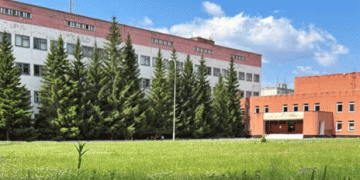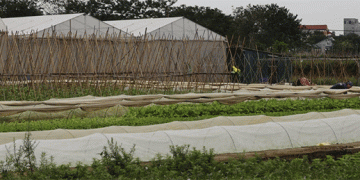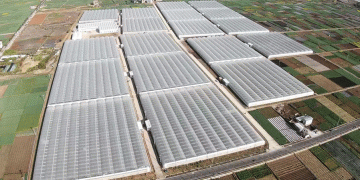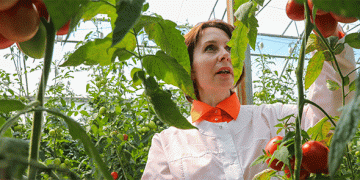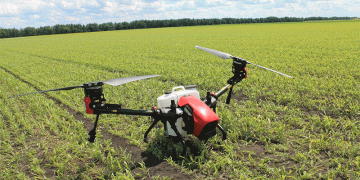In January 2025, Germany experienced a slight reduction in its annual inflation rate, which stood at 2.3%, down from 2.6% in December 2024. This deceleration is primarily attributed to the stabilization of food and energy prices.
Food Prices Show Modest Increase
Food prices in January 2025 rose by 0.8% compared to the same month in the previous year, marking a significant slowdown from the 2.0% increase observed in December 2024. This trend suggests a stabilization in food costs, which is a positive development for both consumers and producers.
Energy Prices Continue to Decline
Energy prices continued their downward trajectory, decreasing by 1.6% year-on-year in January 2025, consistent with the decline observed in December 2024. The reduction in energy costs can be attributed to various factors, including decreased global demand and favorable supply conditions.
Core Inflation Remains Above Headline Rate
Excluding the volatile food and energy sectors, core inflation was recorded at 2.9% in January 2025, slightly lower than the 3.3% reported in December 2024. This indicates that while food and energy prices have stabilized, other goods and services continue to experience price increases.
Implications for the Agricultural Sector
The moderation in food price inflation offers a mixed outlook for the agricultural sector. On one hand, stable food prices can lead to predictable revenue streams for farmers and agribusinesses. On the other hand, the decline in energy costs may reduce operational expenses, such as fuel and transportation, potentially improving profit margins.
However, the persistent core inflation suggests that costs associated with services and other inputs may continue to rise, posing challenges for the agricultural industry. Producers may need to adopt efficiency-enhancing technologies and practices to mitigate the impact of these rising costs.
Germany’s slight easing of inflation in January 2025, driven by stabilizing food and energy prices, presents both opportunities and challenges for the agricultural sector. While reduced energy costs may alleviate some operational expenses, ongoing increases in other areas necessitate strategic planning and adaptation by industry stakeholders to maintain profitability and sustainability.



















